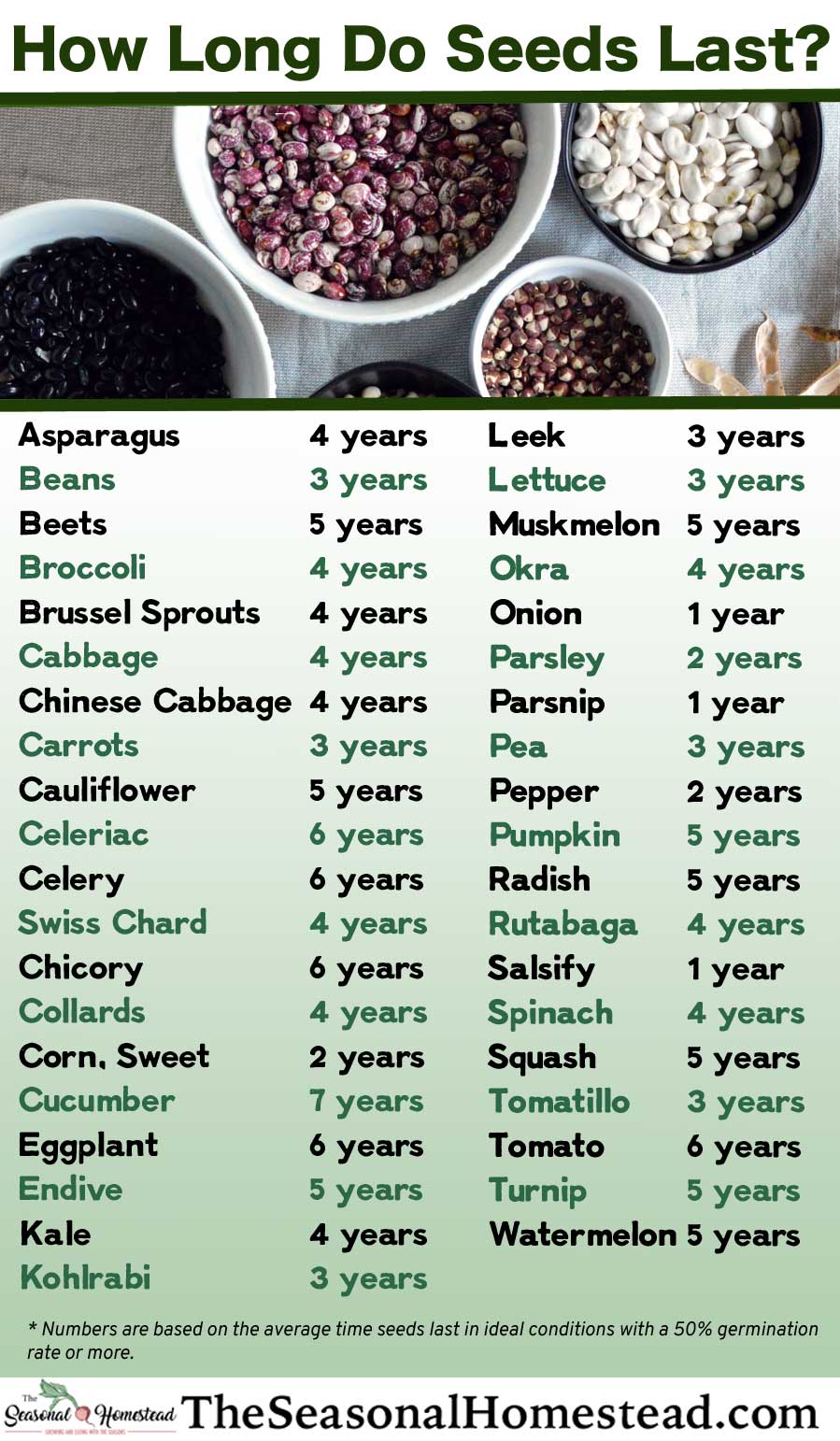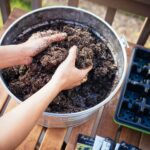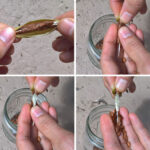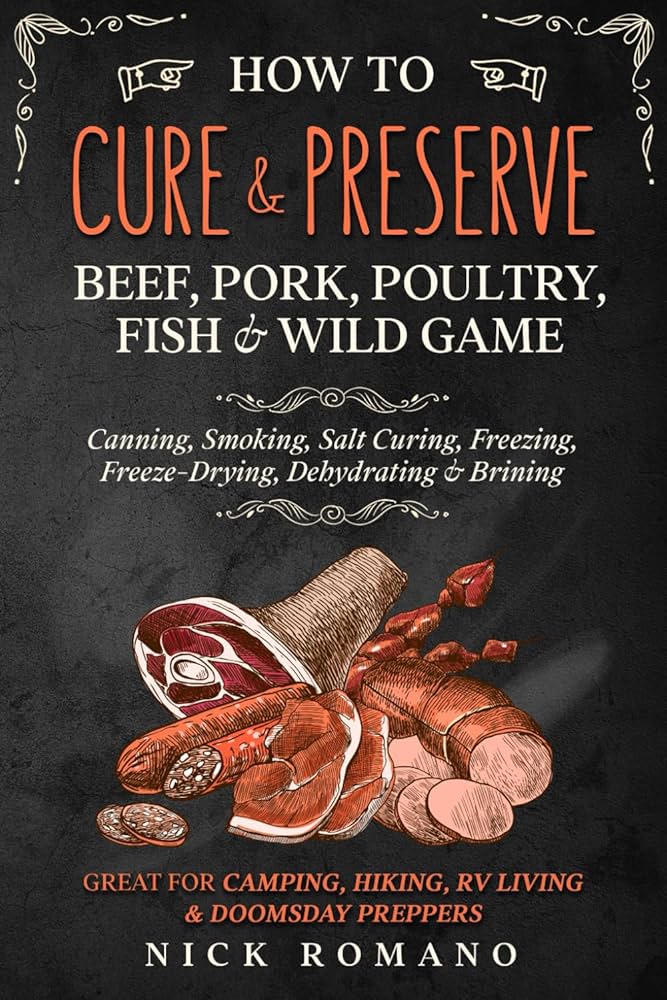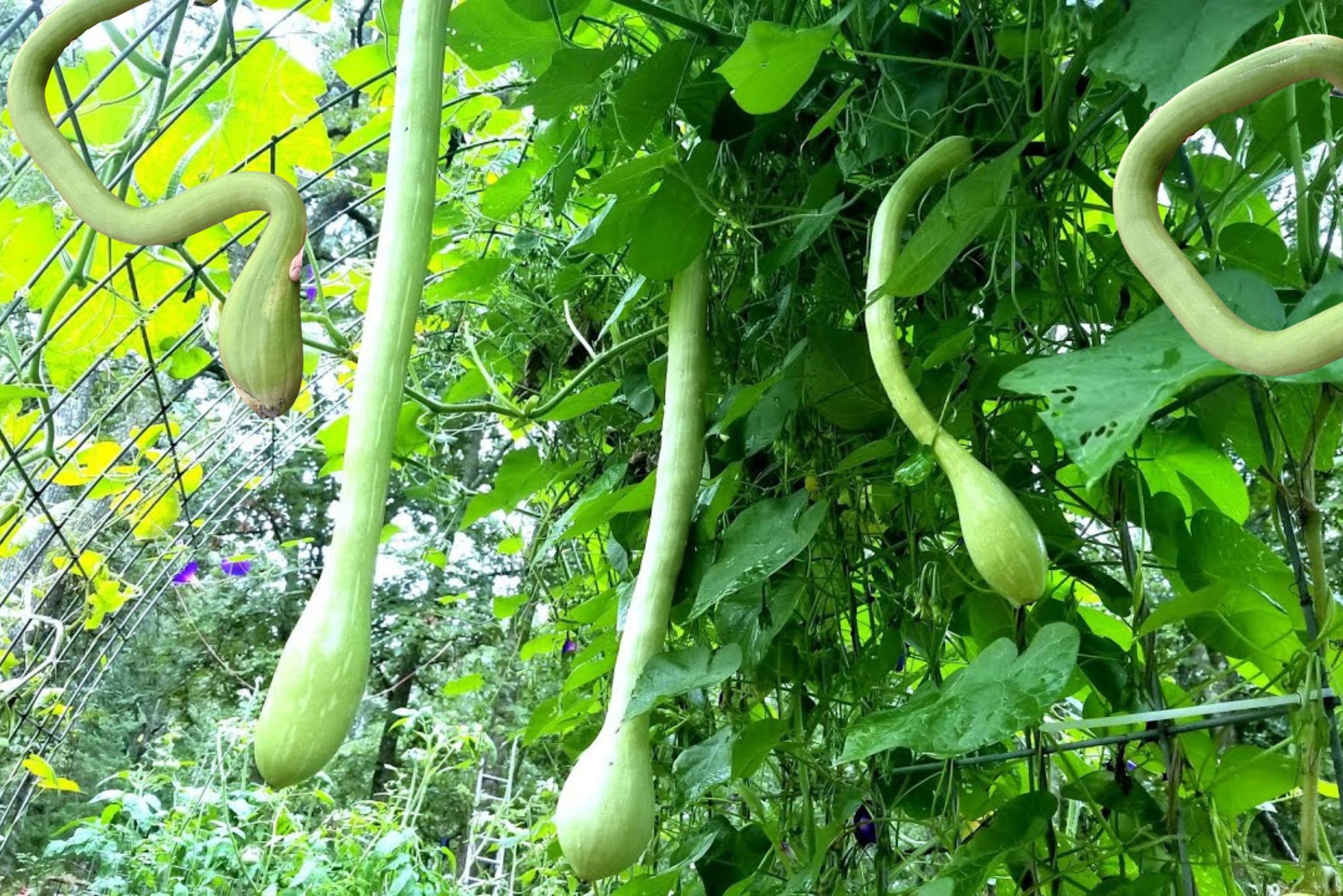Gardeners know the value of a good seed, but how long do seeds last? This isn’t just about saving leftovers from the current planting season; it’s about understanding the longevity of these tiny packages of potential. Whether you’re a gardening enthusiast or a sustainable living advocate, knowing the shelf life of your seeds can make a significant difference in your cultivation success.
The lifespan of seeds is not an absolute figure; it varies widely across different species. A seed’s viability, the period during which it can germinate and grow into a healthy plant, is influenced by numerous factors. With a comprehensive seed viability chart, gardeners can navigate this complex topic and make informed decisions about their seed stock.
What Factors Affect Seed Viability?
Several elements come into play when it comes to how long seeds can remain viable. The genetic makeup of the seed itself sets the baseline, as some species are naturally more hardy than others. From there, environmental factors take the wheel. Moisture, temperature, and light exposure can either preserve or deteriorate the life force within the seeds.
Humidity is a seed’s nemesis; it can initiate premature germination or lead to fungal growth. Temperature fluctuations are equally detrimental, causing the seed’s natural protective mechanisms to wear down. Moreover, seeds exposed to light might expend their stored energy too early. The key to longevity is finding the right balance in these conditions to keep the seeds dormant yet alive.
Age also plays a crucial role. As seeds get older, their germination rates typically decline. This doesn’t mean that they become useless; many seeds can surprise you with their resilience. However, it does mean that one should adjust expectations and planting densities accordingly.
How Can I Properly Store Seeds for Longevity?
To extend the life of your seeds, proper storage is paramount. The mantra here is cool, dark, and dry. Think of a seed vault – the most successful ones mimic nature’s refrigerator, a consistent and chilly environment that discourages any biological activity. Airtight containers are your best friends, keeping moisture and pests at bay.
- Use containers that block out light entirely or store them in a dark location.
- Maintain a steady temperature, ideally below 50°F.
- Include desiccants if you’re in a particularly humid environment.
- Label your seeds with the date of storage to keep track of age.
Following these steps doesn’t just preserve seed quality but also contributes to sustainable gardening by reducing waste. You’ll be able to return to your seed stock year after year, confident in their ability to sprout new life.
Why Is It Important to Test Seed Germination Rates?
Testing germination rates isn’t just a practice for commercial growers. It’s a valuable tool for any gardener wanting to ensure that their time and effort won’t be wasted. Testing old seeds for germination can provide a realistic forecast of how your crops will perform, letting you adjust planting densities or cull out non-viable seeds.
Simple germination tests can be done at home using paper towels and plastic bags. By monitoring the germination rates, you can gauge the overall health of your seed stock and make smart choices for your planting strategy.
Remember, a seed’s viability is not just about whether it can germinate but also its capacity to mature into a robust plant. Quality is just as important as quantity when it comes to sustainable gardening practices.
What Is the Typical Lifespan of Different Seed Types?
Seeds come in all shapes and sizes, and so do their lifespans. While some seeds, like those of onions and parsnips, are notoriously short-lived, others, such as beans and squash, can remain viable for several years. Here’s a brief seed viability chart to guide you:
- Onions, Parsnips: 1-2 years
- Lettuce, Sweet Corn: 2-3 years
- Tomatoes, Cucumbers: 3-4 years
- Beans, Squash: 4-6 years
This list is not exhaustive, but it gives a snapshot of what you might expect from your seeds. The actual shelf life can vary based on storage conditions and seed quality.
How Do Storage Conditions Influence Seed Lifespan?
We’ve touched on the importance of cool, dark, and dry conditions, but let’s delve deeper into how these factors can affect the lifespan of your seeds. Fluctuations in temperature and humidity can awaken seeds from their dormancy, using up their energy reserves and ultimately rendering them unviable. Constant vigilance in maintaining optimal conditions is crucial for maximizing seed viability.
One often overlooked aspect of storage is oxygen levels. Seeds respire at a very low rate, but over time, this can affect their longevity. Vacuum sealing or using oxygen absorbers can further extend the life of your seeds by slowing down their metabolic processes.
It’s also essential to keep your seeds organized and labeled. This not only helps with planning your garden rotations but also prevents the accidental use of older seeds that might have lower germination rates.
Can Old Seeds Still Be Viable After Several Years?
The answer is a resounding yes, but with a few caveats. Seeds are living embryos, and like any living thing, they have the potential to surprise us. Properly stored seeds can outlive their expected lifespan, still bursting with life and ready to grow.
That said, as seeds age, their vigor decreases. Older seeds might take longer to germinate, and their seedlings could be less robust. However, testing germination rates and sowing them more densely can compensate for this decline.
Now let’s take a moment to visualize these concepts with a practical example. Here’s a video that demonstrates how to test the viability of older seeds:
Related Questions on Seed Viability
How Long Are Seeds Viable Chart?
A seed viability chart provides a generalized lifespan expectancy for various seed types under optimal storage conditions. It’s a handy reference that can help gardeners plan their planting schedules and manage their seed inventories effectively.
For instance, while some vegetable seeds like lettuce might retain good germination rates for two to three years, others, such as peppers, can last up to four years if stored correctly. Always consider these charts as guidelines rather than rules set in stone, as there will always be exceptions.
Are 20 Year Old Seeds Still Good?
While it’s not the norm, 20-year-old seeds can still be viable. Seeds found in archeological sites have germinated after thousands of years. However, for the average gardener, seeds this old are a gamble. It’s worth trying to germinate them, but it’s wise to have a backup plan.
If you find yourself in possession of such ancient seeds, soak them in water for about 24 hours before planting. This can help rehydrate the embryo and increase the chances of germination. Be sure to plant them more densely than you would with fresh seeds.
How to Check the Viability of Seeds?
There are various methods to test seed viability, from simple at-home tests to more scientific approaches. The simplest method is the water test: submerge the seeds in water and discard any that float, as they’re likely not viable. For a more accurate assessment, perform a germination test by placing seeds between moist paper towels and checking for sprouts after a few days.
Remember to maintain a consistent temperature and moisture level during the test. This will give you the best indication of whether your seeds are still capable of growth.
Can I Use 10 Year Old Seeds?
Yes, you can use 10-year-old seeds, but you should adjust your expectations. The germination rate will likely be lower, so sow them more densely. It’s also advisable to conduct a germination test before planting to determine the potential success rate.
Older seeds may take longer to sprout, and their seedlings might be less vigorous. However, with patience and proper care, you might be pleasantly surprised by the resilience of your decade-old seeds.
Gardening is an art of patience and precision. Understanding seed viability and storage methods is crucial to ensuring a bountiful harvest. By respecting the natural cycle of seeds and providing optimal storage conditions, gardeners can foster a sustainable and economical approach to their passion for planting.

